Mark’s Notebook - Page 20
While I was visiting Omaha this past summer (I spoke and did a workshop for AIGA Nebraska), I spotted this curious bit of typographic design:
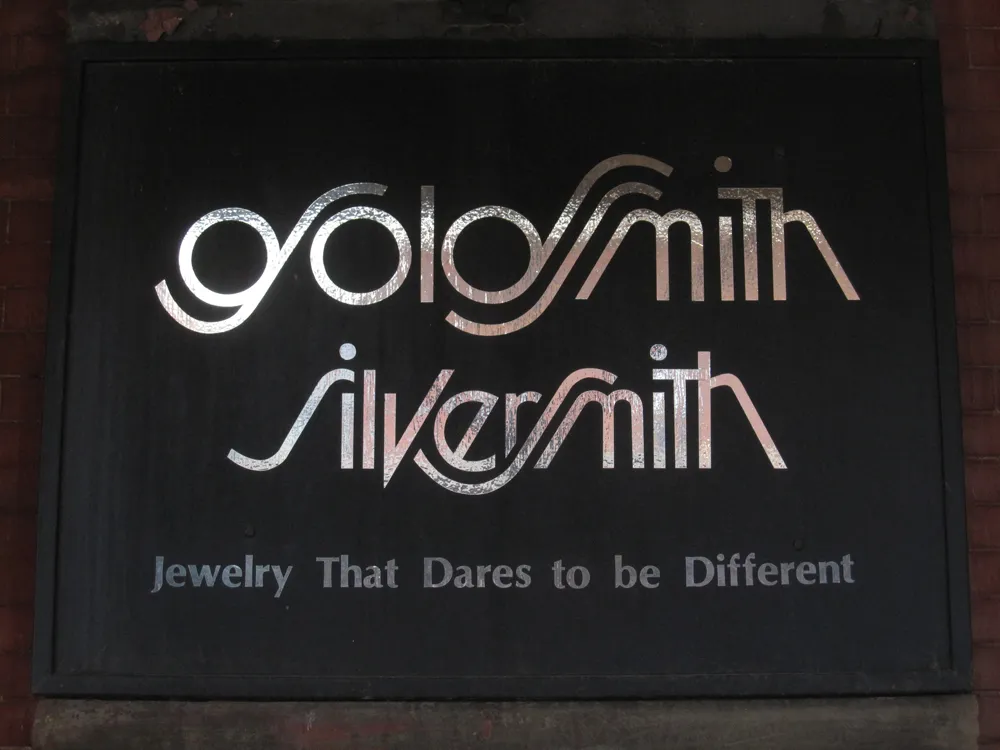
Looks like the artist was going for a Lubalin-style solution—Avant Garde with Swashes. It’s attractive, but not very easy to read, especially the “g”.
I wonder how long it’s been in use? I can’t decide if this is a design from the seventies or eighties, or if it’s a recent design imitating that period. I’m leaning toward the former, mainly because of the use of Optima in the tag line.
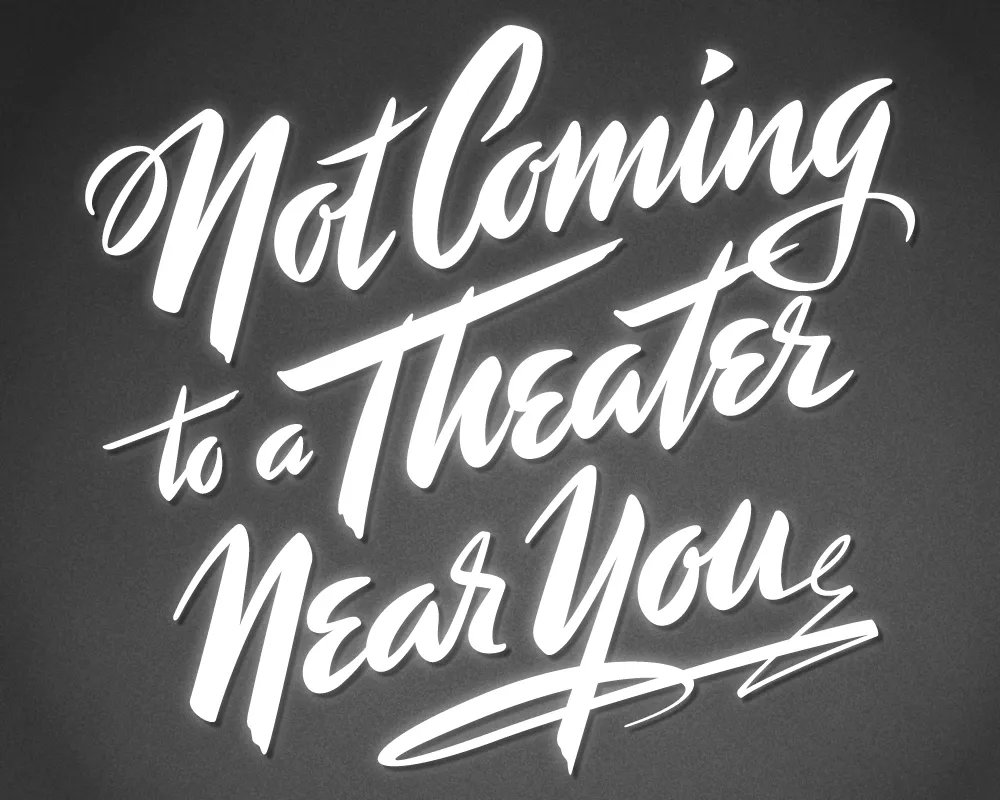
Last year, I did a logo design for Not Coming to A Theater Near You, a website devoted to movies off the beaten path. The designer, Rumsey Taylor, who was redoing the look of the entire site, wanted the logo to look like a title card from a film noire feature. What I came up with is based mainly on the title card from “Mr. Arkadin” (1955).
In spite of appearances, I don’t usually use an actual brush in my lettering designs, but in this case I did. The final art is vector-based, but I worked out the construction of the letters with brush and ink. (I’m not skilled enough at brush lettering to do the final art that way.)
The image above is a “treatment” I did to make it look like an actual title card from an old film, sort of a “serving suggestion.” On the wesite, Rumsey chose a simpler approach. The site redesign looks great, and I was happy to see that he’s using Metallophile Sp8 as a webfont (via Typekit).
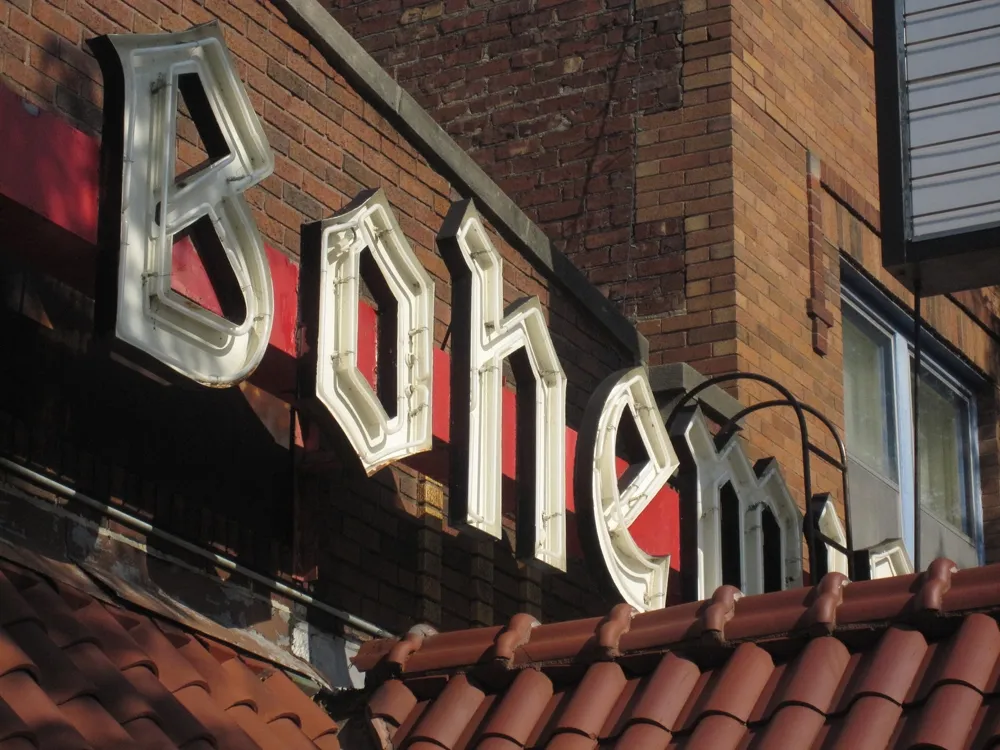
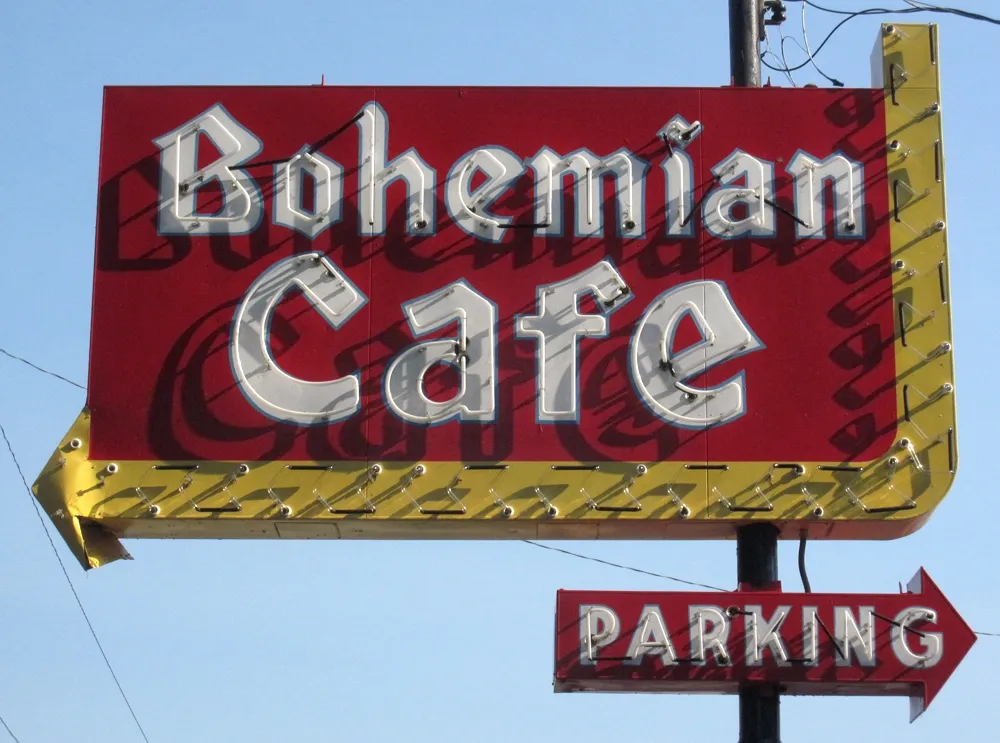
The Bohemian Cafe in Omaha, Nebraska. Shot on August 23, 2011.
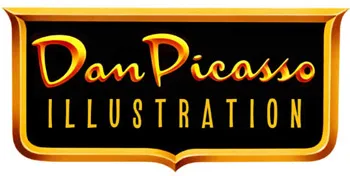
I just discovered today that my old pal, illustrator Dan Picasso, has a new website. danpicasso.com. Back in the eighties, Dan and I worked together at MPR and later shared an office together as freelancers. We’ve drifted apart since then.
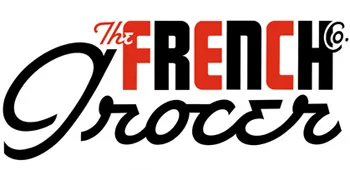
Dan uses a real airbrush in his work—none of this Photoshop nonsense. Most of the works displayed on his site are new to me. He’s done some amazing pieces of lettering design. He definitely had an influence on my taste for lettering and type. And I love the car paintings. I don’t think I’ve seen them before.
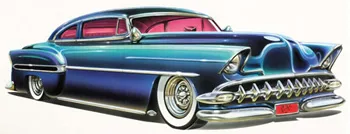
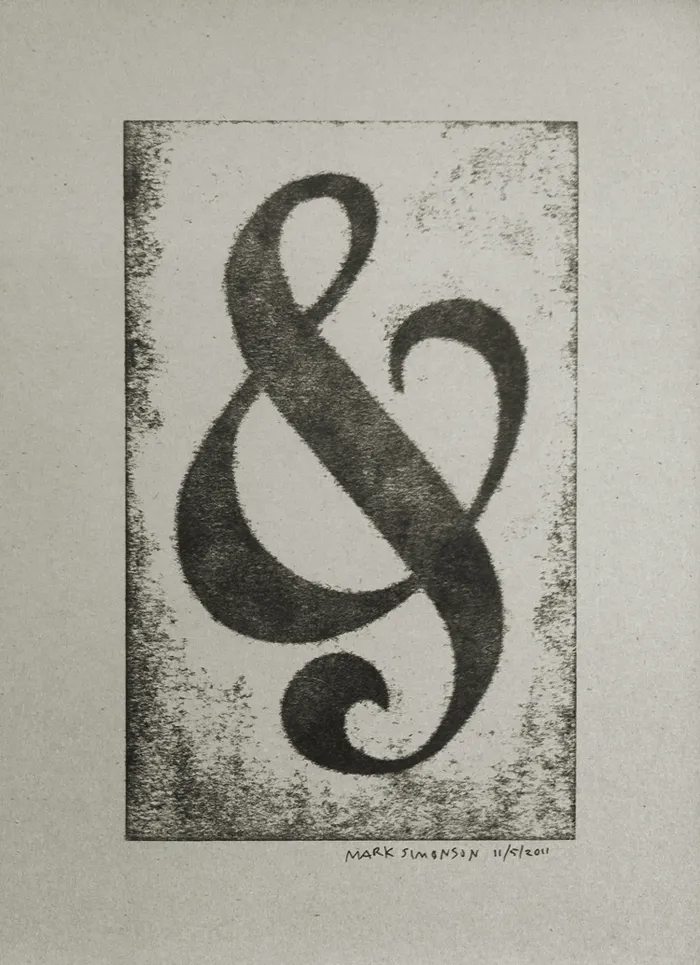
I’ve attended all three of the Hamilton Wood Type and Printing Museum’s annual “Wayzgoose” events so far. Last year’s, held in early November, was enjoyable as always, but I think I prefer the mix of presentations and hands-on workshops of previous years over having only workshops.
Still, it was great how they tied all the workshops around a common purpose—creating a portfolio of prints (including the portfolio itself). You can see one of my prints above, a pressure print from a hand-cut plate based on a free-form ampersand design.
I highly recommend the Wayzgoose if you are a type fanatic like me, into letterpress printing, or both. It’s held in the Fall in Two Rivers, Wisconsin. Attendance is limited, and it fills up quick, so you might want to get on their mailing list to be notified regarding when the next one will be held.
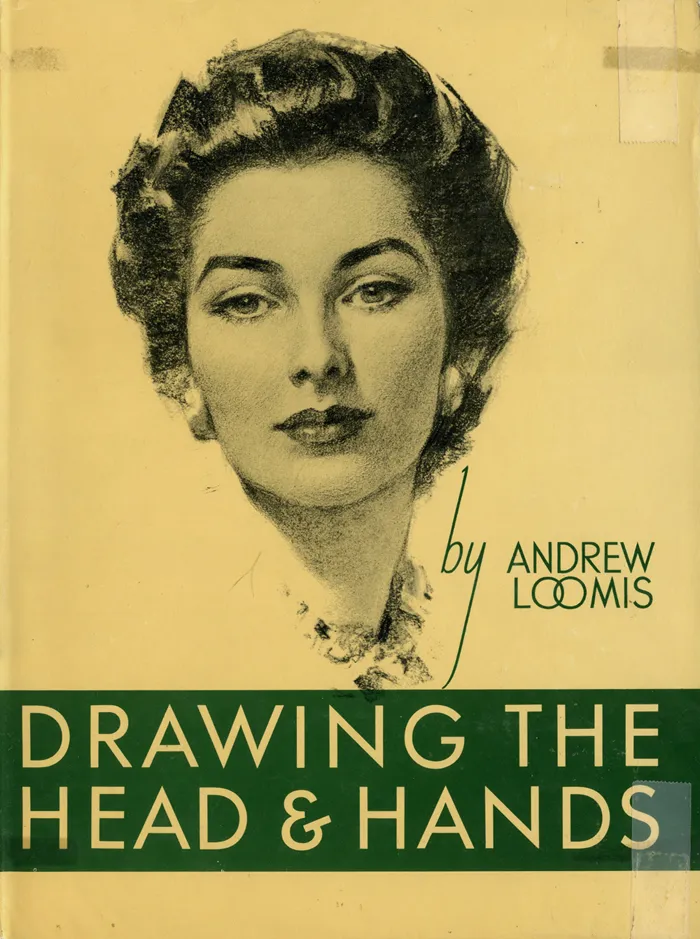
I used to draw a lot more when I was young and got to be pretty good by the time I was in college. I might have had a career as an illustrator if I hadn’t taken a detour into graphic design and art direction.

For the last few years, I’ve been trying to get back into drawing again, but more for enjoyment than anything commercial. Not long ago, I discovered the books of Andew Loomis, who died in 1959. He was a commercial illustrator who did a popular series of books on drawing and painting, starting in 1939 with Fun With A Pencil.

Loomis’s facility for drawing was astonishing. One thing I’ve never been good at is figure drawing without referring to a live model or a photo. Loomis lays it all out clearer and with more depth than anything I’ve seen before. Where were these books when I needed them?
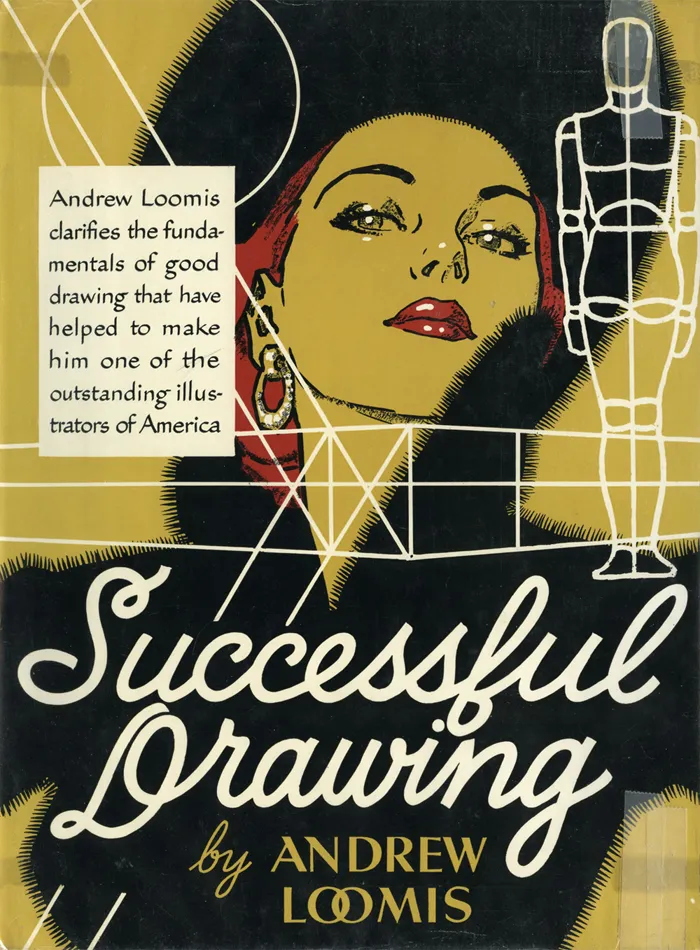
I don’t know if I have the time or patience to begin again with these books, but I’d love to try. More likely, they’ll be fuel for day dreams, and I’ll stick to doing what I do—type and lettering. Speaking of which, aren’t the covers terrific?
By the way, don’t write asking what fonts are used on the covers. Except for some Futura on the first cover, it’s all hand-lettered, presumably by Loomis. There’s lots more lettering inside, too, for title pages and illustration captions.
